G-GAZA
This article first appeared on AirOnline.nl on 4th January
http://www.aironline.nl/weblog/2019/...stapleford-uk/

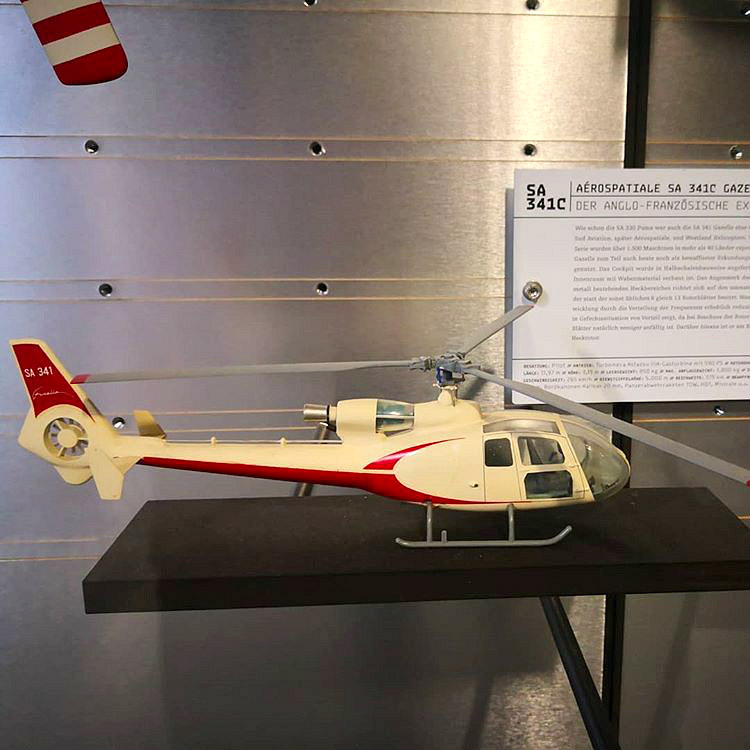
This model depicts the unique SA341 'C' which exists within the history of Lower Saxony as a civilian variant of the Gazelle.
Unfortunately, the information accompanying some photos is so oblique that it is nigh on impossible to figure out any clear details. However, I 'think' this model may be housed at Hubschraubermuseum Bückeburg, which is to say Bückeburg Helicopter Museum, which is located in Bückeburg, a town in Lower Saxony, Germany, on the border with North Rhine Westphalia, situated some 30 miles (48 km) to the west of Hannover.
The Aerospatiale SA341G Gazelle (c/n 1187) dates back to 1974. And for a helicopter that is already more than 44 years old this one looks good! Well, the colour scheme could have been more attractive, but this helicopter has a sexy look. The French designers succeeded well at that time!
Between 1967 and 1996, 1,775 copies of the Gazelle were built. Many of them have been given a military function, including at the Royal Air Force in the UK. However, the G-GAZA is not an old military box, it was originally manufactured for civilian use, as evidenced by the type designation SA341G.
The Aerospatiale SA341G Gazelle was the first helicopter that was allowed to make a Cat.1 IFR landing with only one pilot. This device was therefore usable in most weather conditions.
The G-GAZA has a long history in England. However, the career started in the US. There it flew until 1982 as N87712. Then it was registered as G-SFTG with the Specialist Flying Training, a flying school. In 1986 the British rally driver Malcom Wilson became the owner of the aircraft. That party lasted until September 1988, when the helicopter was written from the British register. It was reportedly confiscated because of drug smuggling.
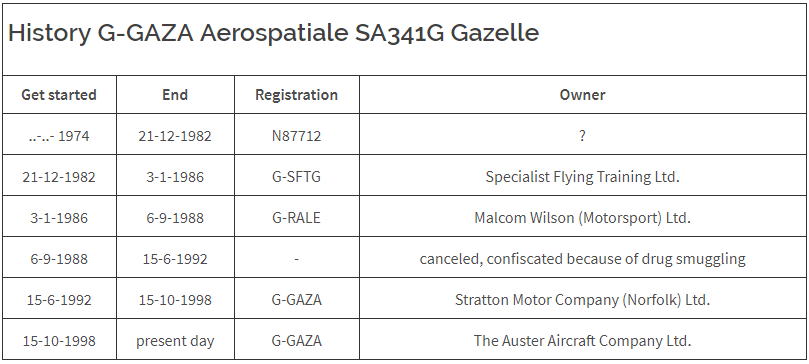
It took until 1992 before this Gazelle was registered again, then as G-GAZA, and with that registration it still flies now. This heli has now made more than 2,650 flight hours.
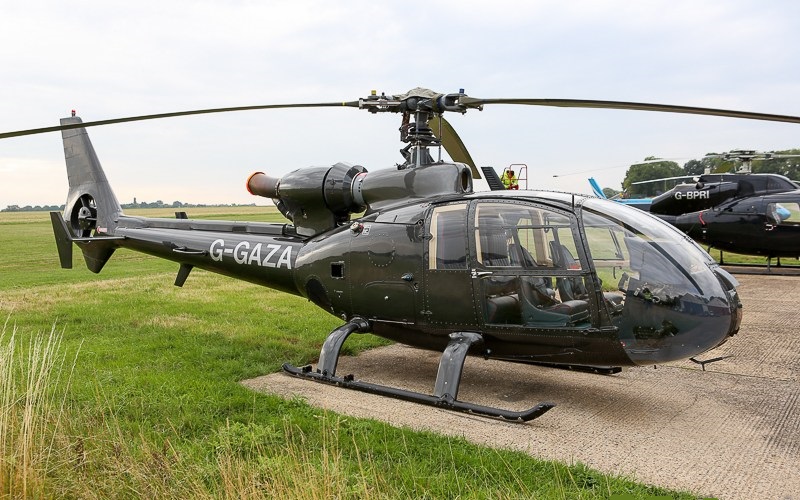
On September 4, 2018 we found the G-GAZA at Stapleford (EGSG). A field where incidentally (unfortunately behind closed doors) dozens of old RAF Gazelles are stored.
Between 1967 and 1996, 1,775 copies of the Gazelle were built. Many of them have been given a military function, including at the Royal Air Force in the UK. However, the G-GAZA is not an old military box, it was originally manufactured for civilian use, as evidenced by the type designation SA341G.
The Aerospatiale SA341G Gazelle was the first helicopter that was allowed to make a Cat.1 IFR landing with only one pilot. This device was therefore usable in most weather conditions.
The G-GAZA has a long history in England. However, the career started in the US. There it flew until 1982 as N87712. Then it was registered as G-SFTG with the Specialist Flying Training, a flying school. In 1986 the British rally driver Malcom Wilson became the owner of the aircraft. That party lasted until September 1988, when the helicopter was written from the British register. It was reportedly confiscated because of drug smuggling.

It took until 1992 before this Gazelle was registered again, then as G-GAZA, and with that registration it still flies now. This heli has now made more than 2,650 flight hours.

On September 4, 2018 we found the G-GAZA at Stapleford (EGSG). A field where incidentally (unfortunately behind closed doors) dozens of old RAF Gazelles are stored.
http://www.aironline.nl/weblog/2019/...stapleford-uk/


This model depicts the unique SA341 'C' which exists within the history of Lower Saxony as a civilian variant of the Gazelle.

Unfortunately, the information accompanying some photos is so oblique that it is nigh on impossible to figure out any clear details. However, I 'think' this model may be housed at Hubschraubermuseum Bückeburg, which is to say Bückeburg Helicopter Museum, which is located in Bückeburg, a town in Lower Saxony, Germany, on the border with North Rhine Westphalia, situated some 30 miles (48 km) to the west of Hannover.




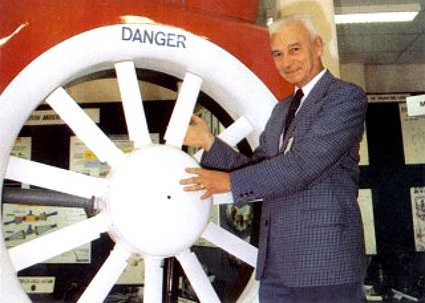








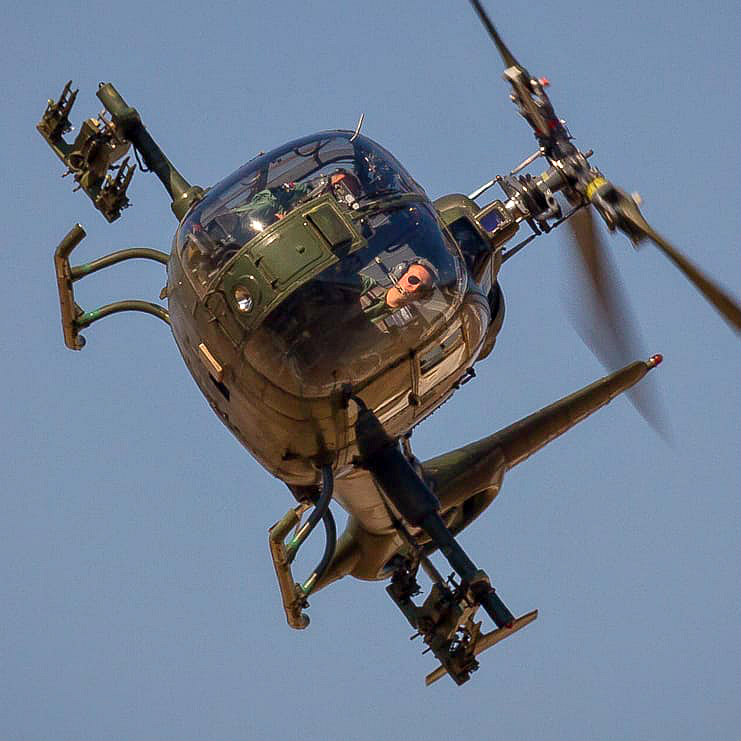
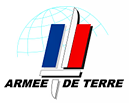
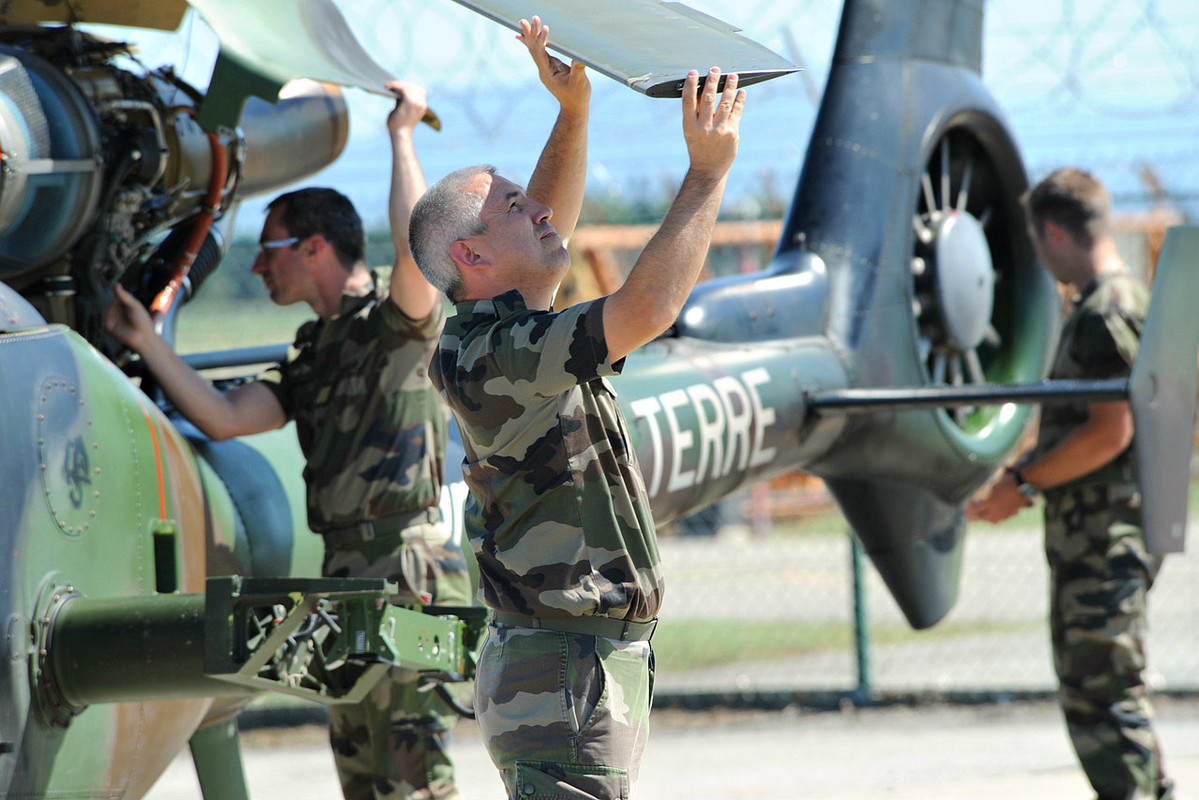



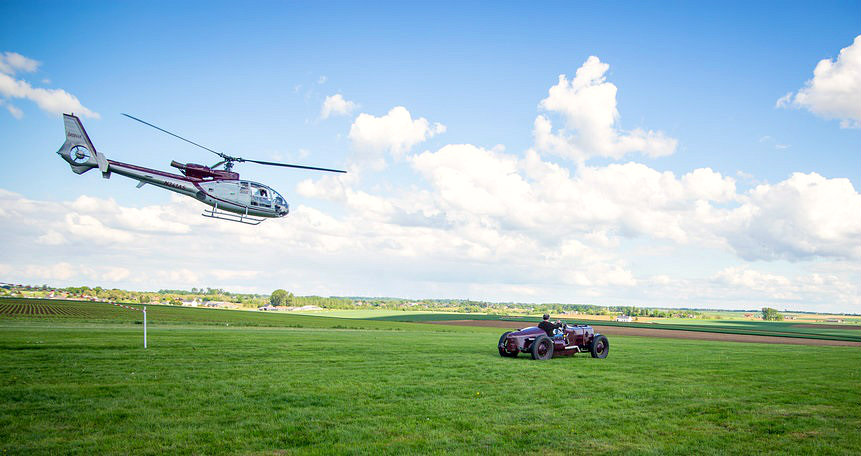



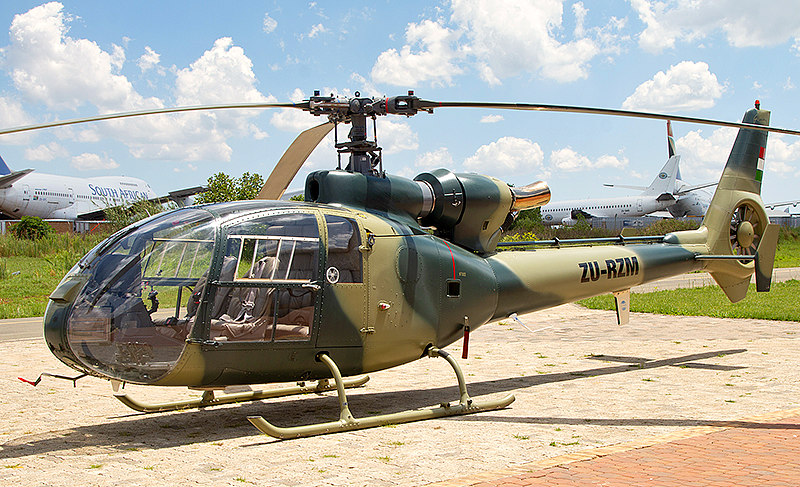
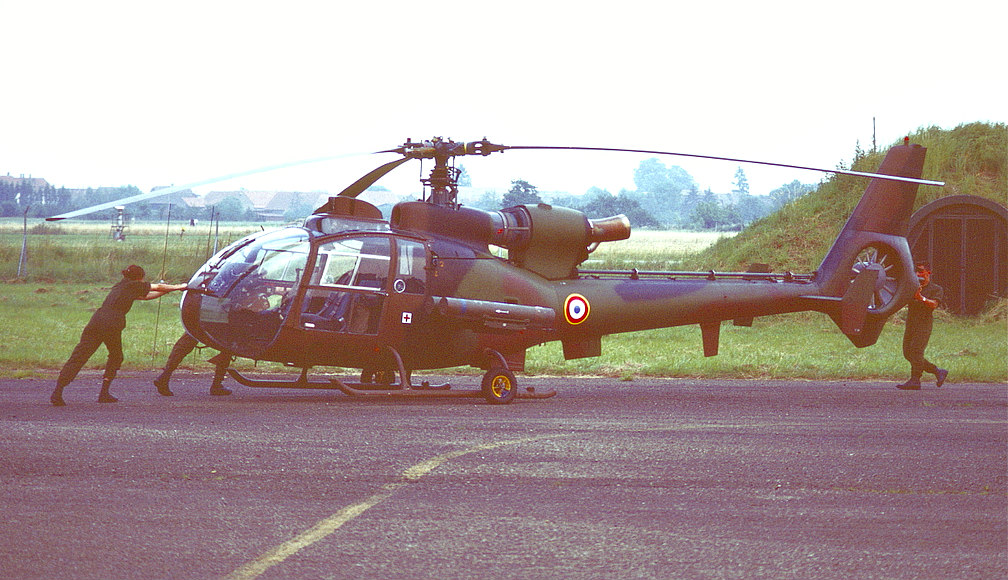






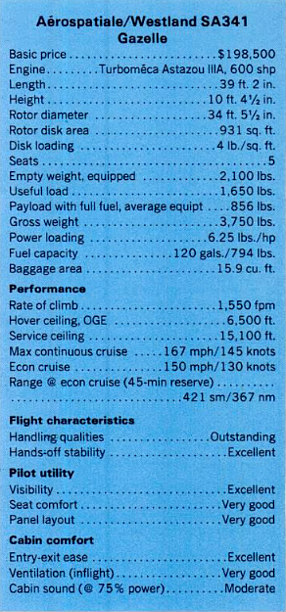







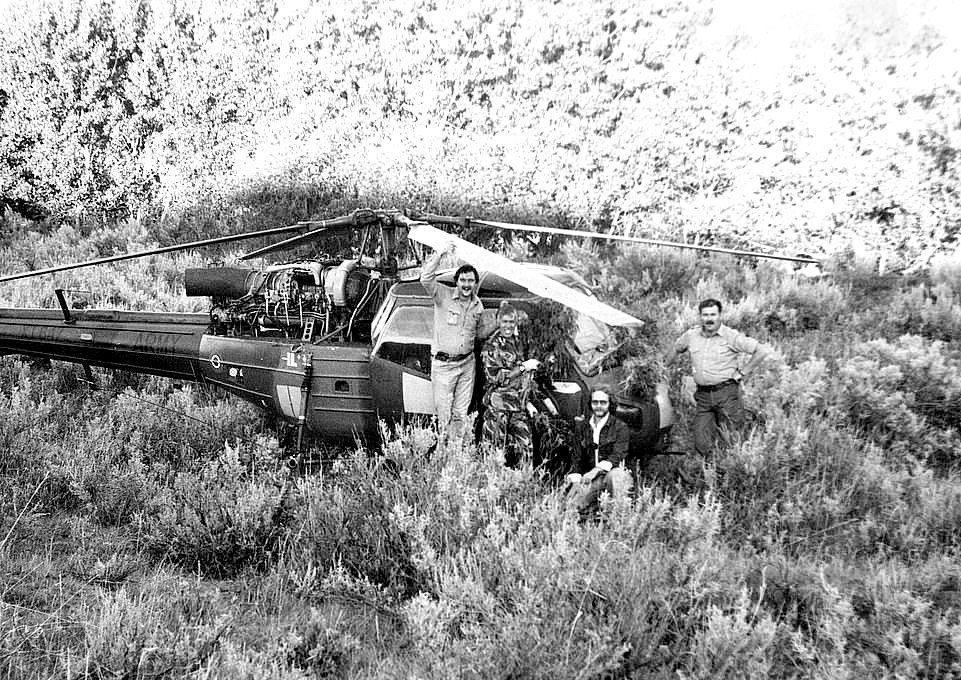

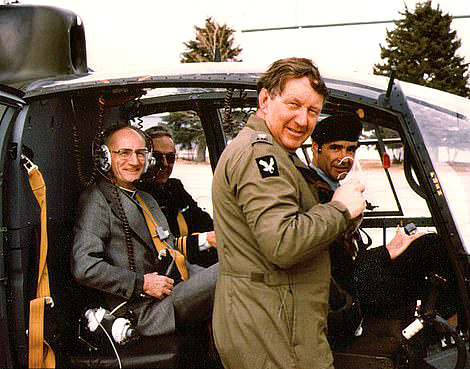




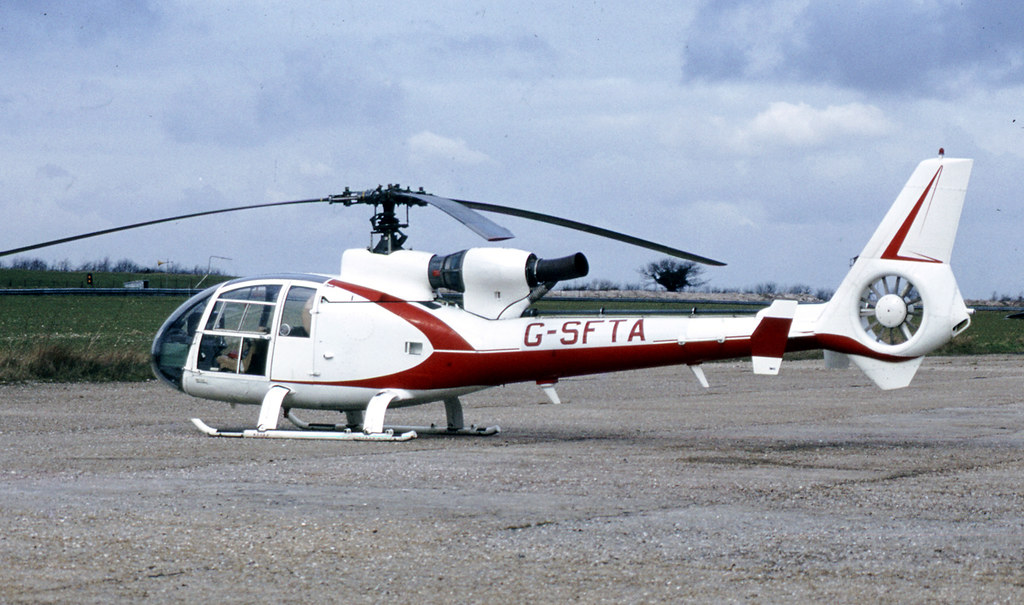

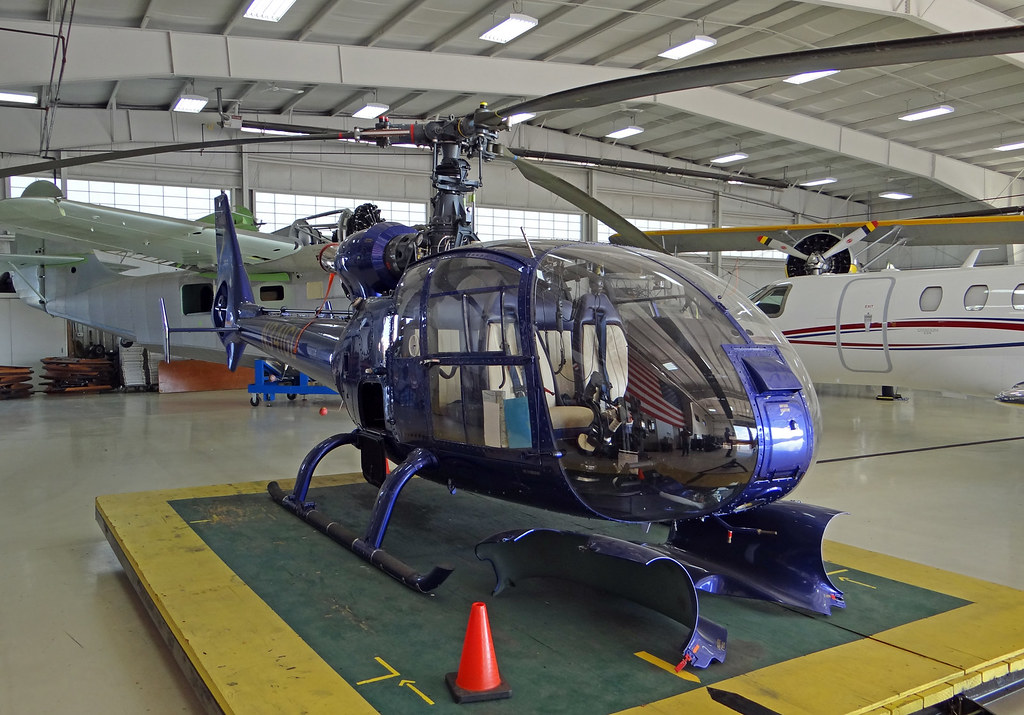

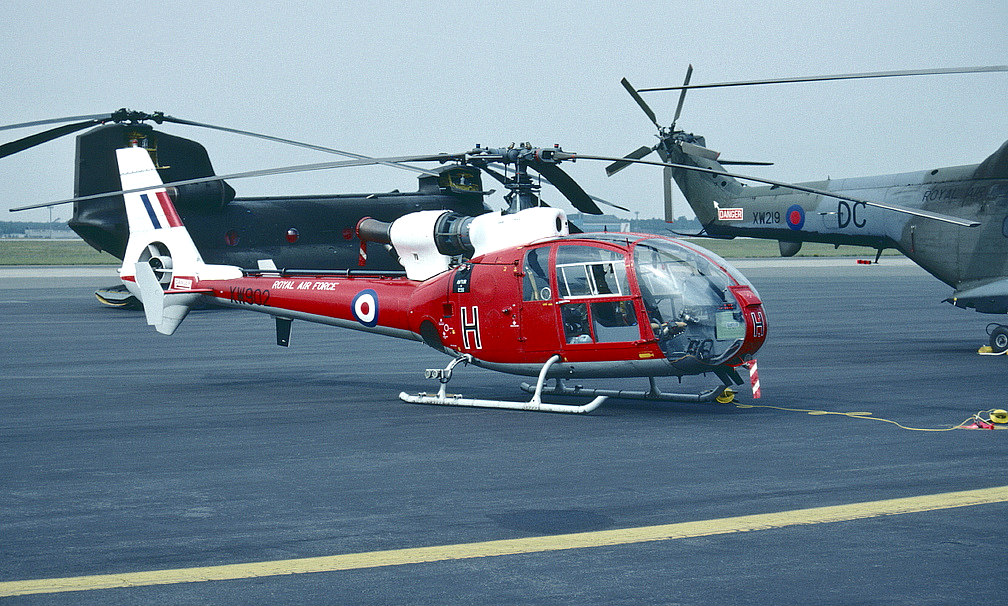
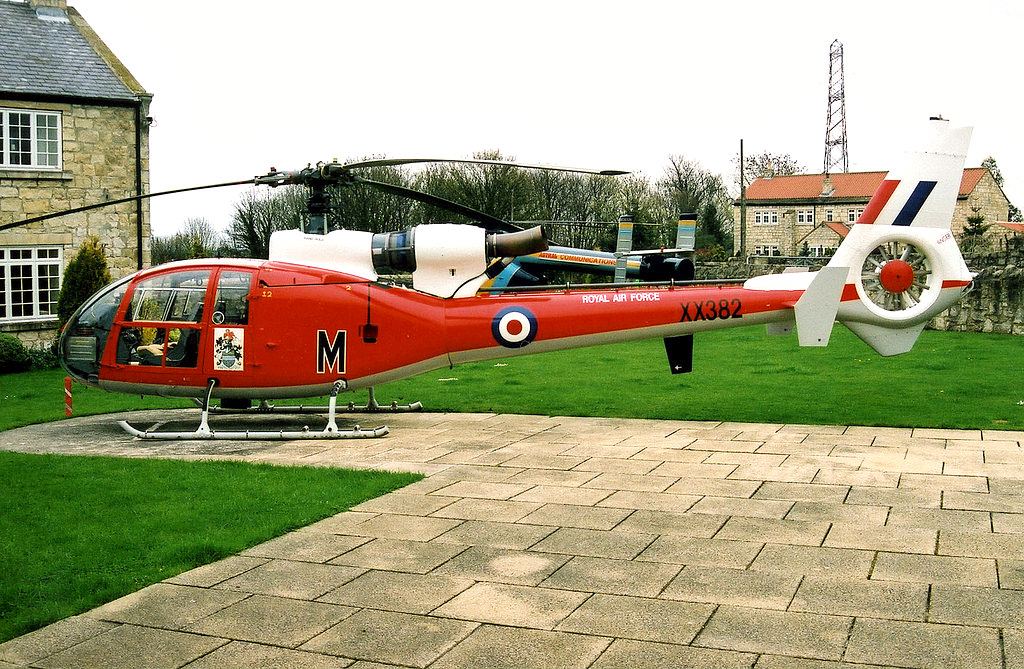

Comment